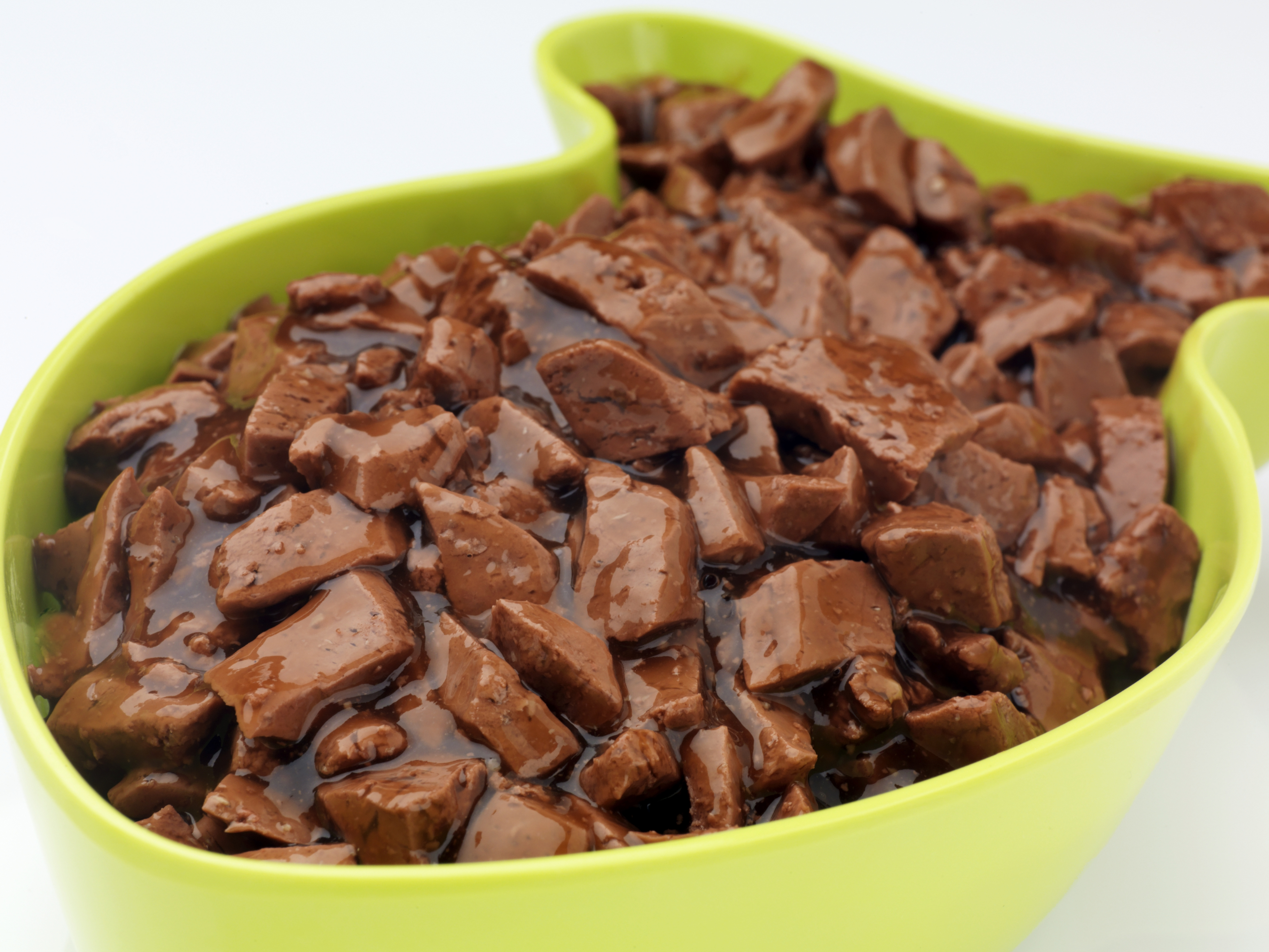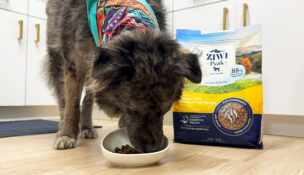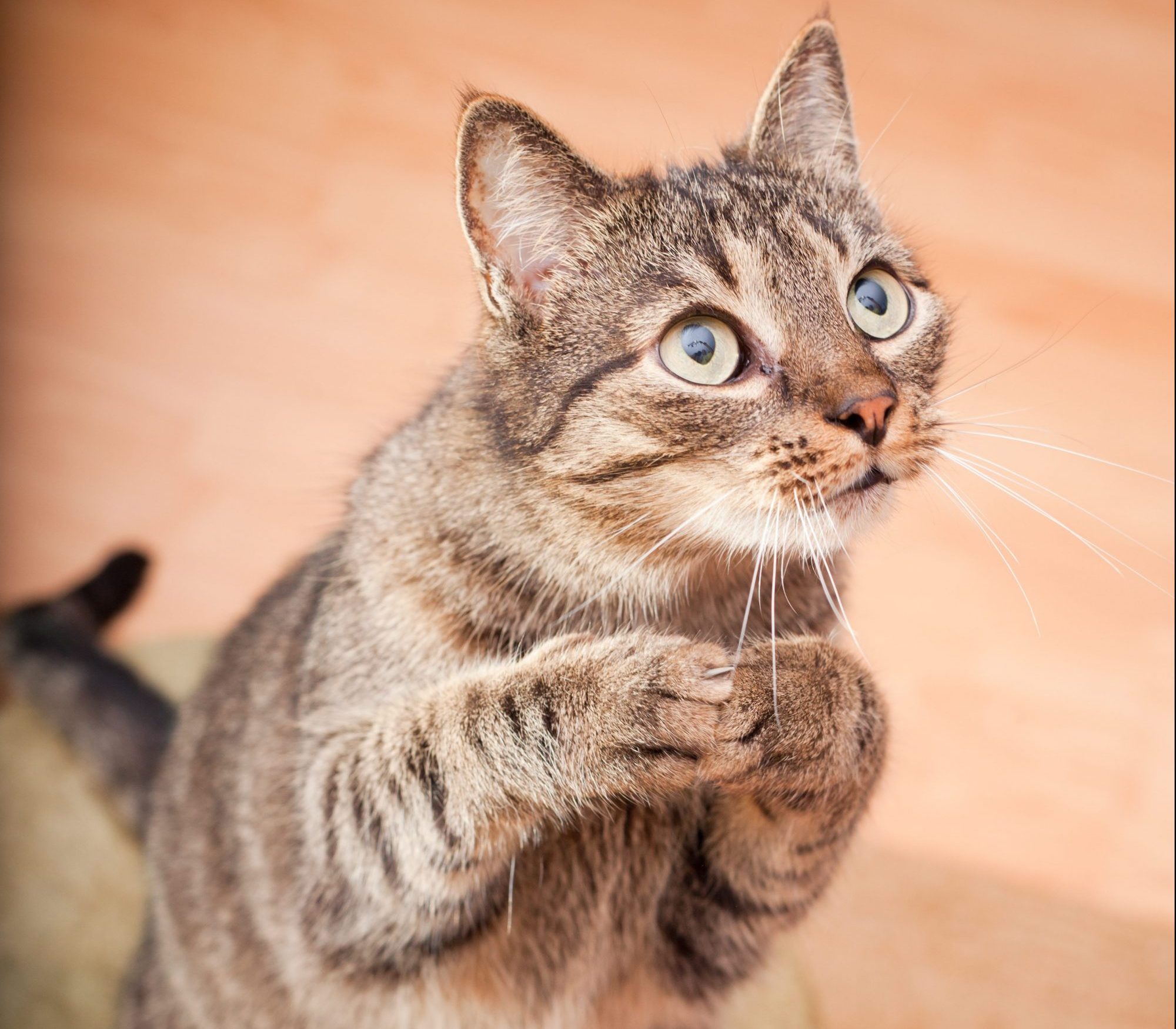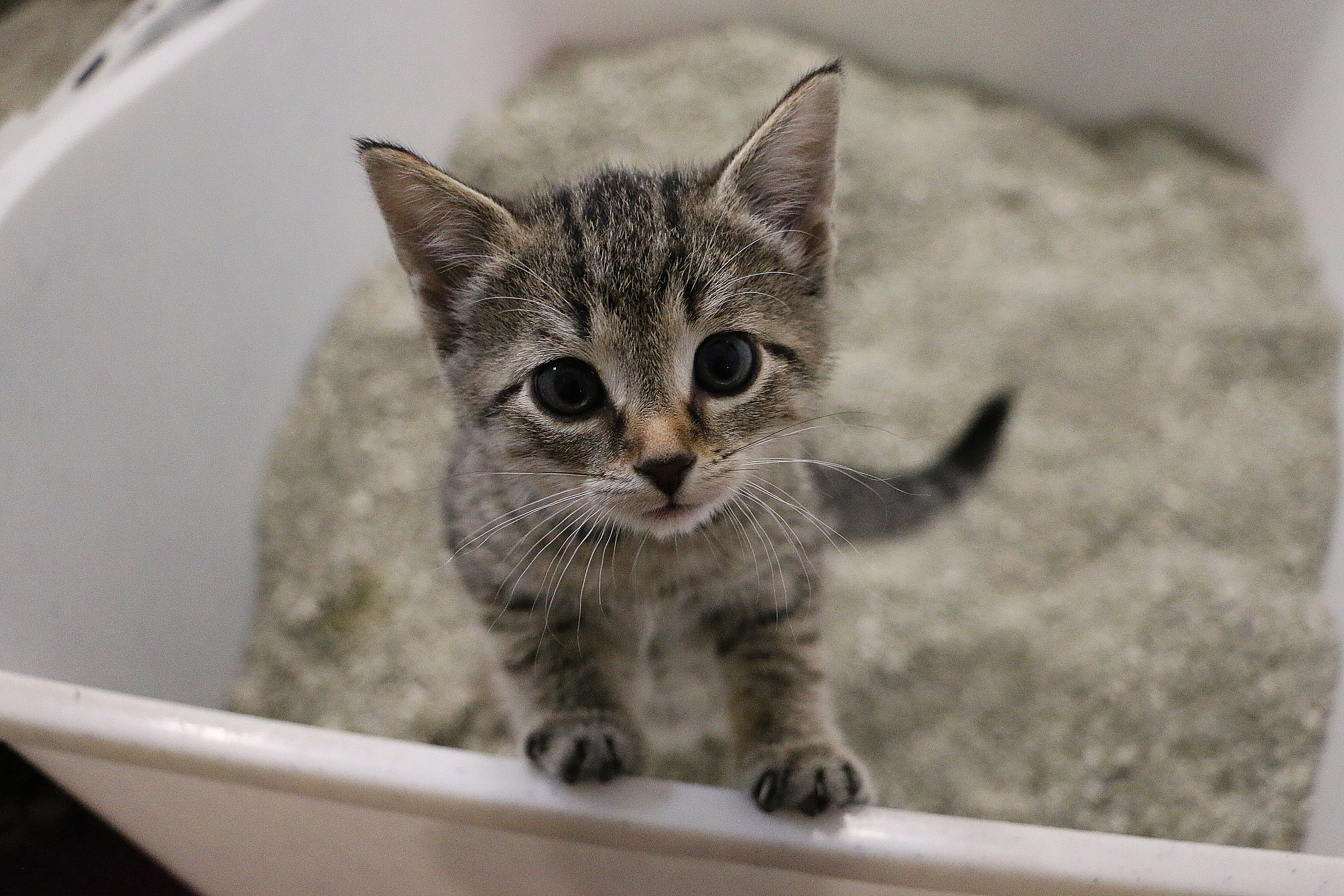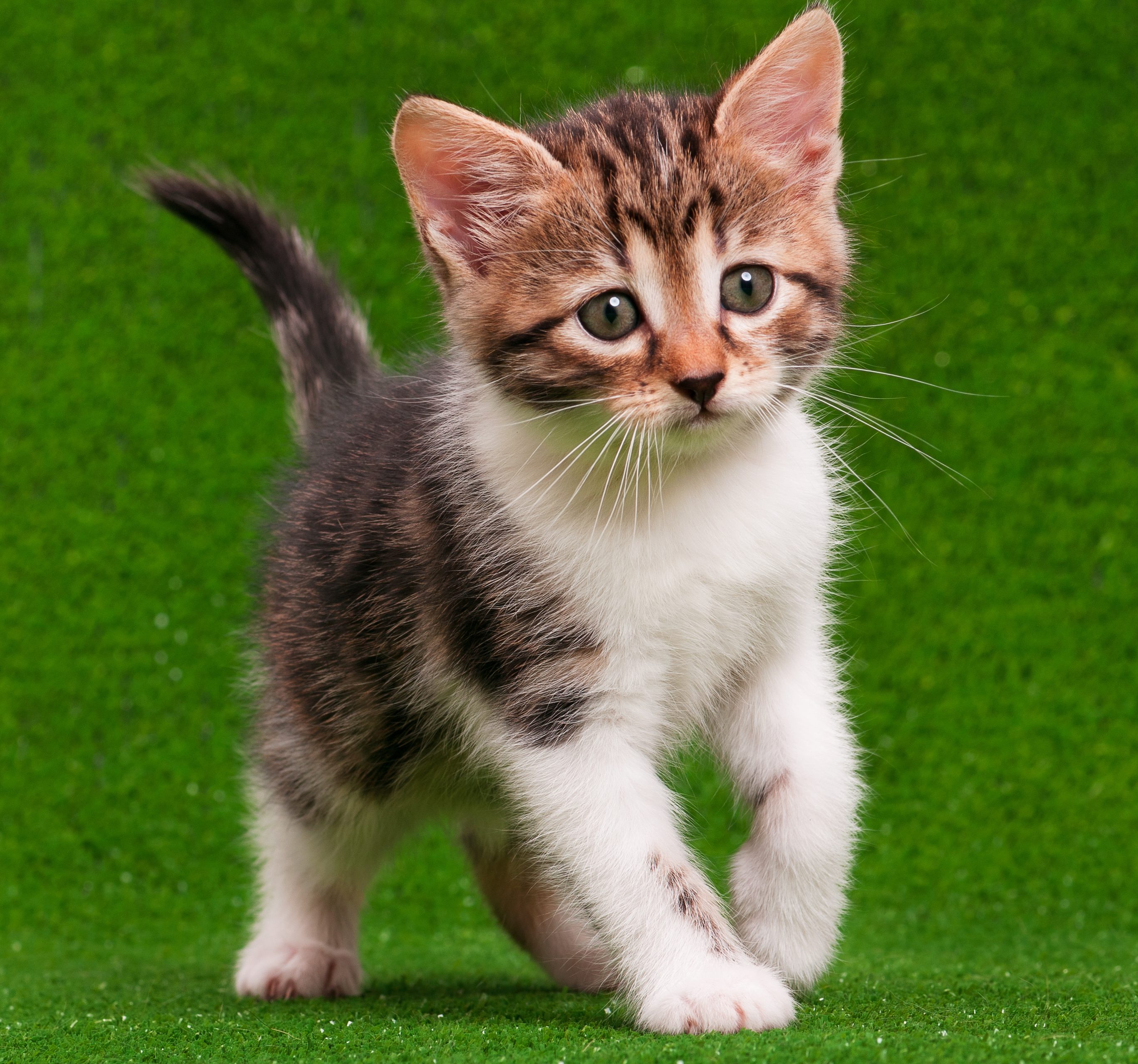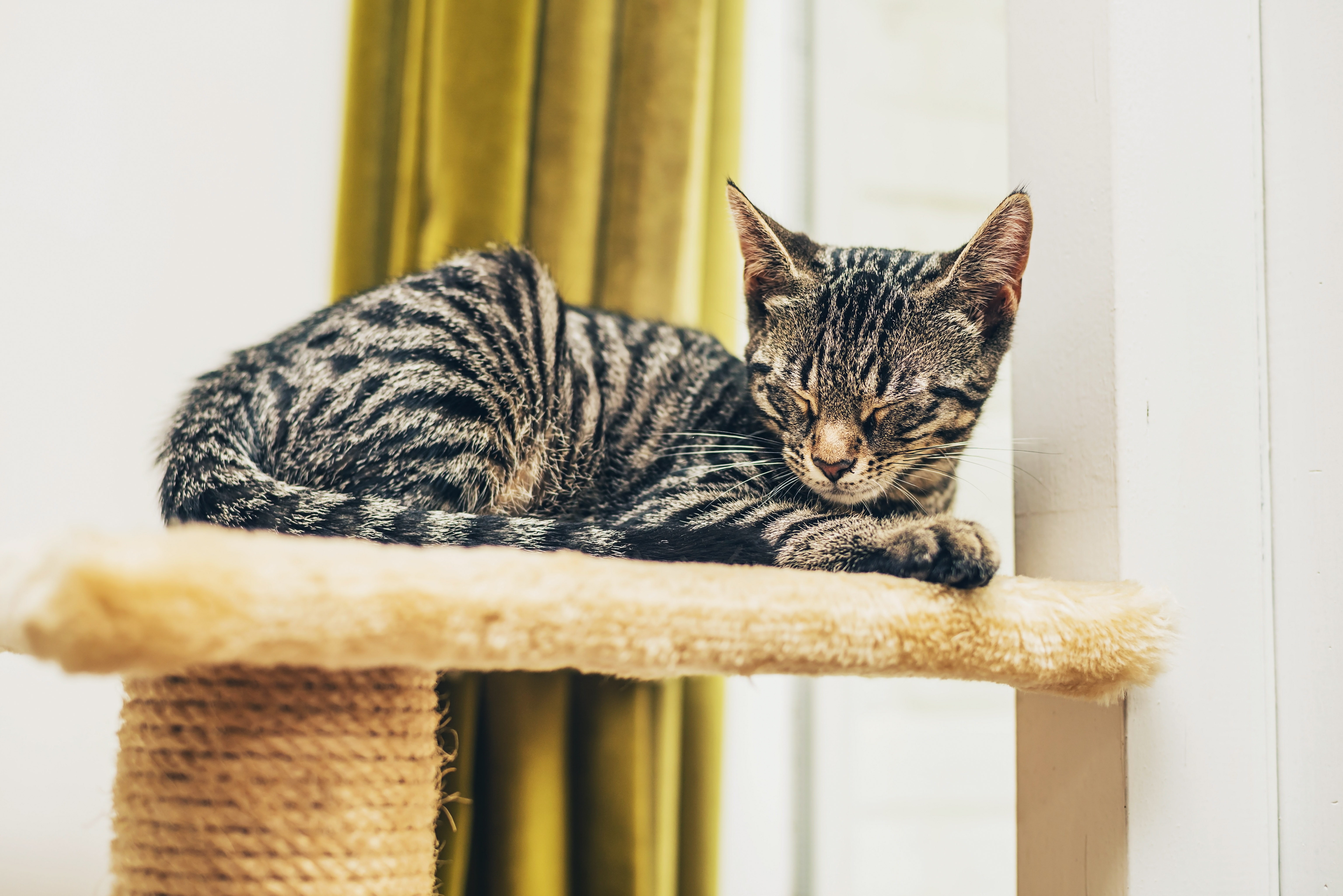Cat Cuisine
Stacy Mantle //January 4, 2016//
There was a time when dry cat food s were all the rage and wet or moist cat foods were shunned as contributing to dental problems. Research published in the Journal of Veterinary Behavior suggests that feeding cats exclusively a dry pet food diet may cause cats to be hesitant to eat other types of foods. This makes it more difficult to switch over to a canned or moist diet, which is more beneficial in providing extra hydration.
s were all the rage and wet or moist cat foods were shunned as contributing to dental problems. Research published in the Journal of Veterinary Behavior suggests that feeding cats exclusively a dry pet food diet may cause cats to be hesitant to eat other types of foods. This makes it more difficult to switch over to a canned or moist diet, which is more beneficial in providing extra hydration.
According to the Precise Pet Foods website, studies show that “cats may need more moisture in their diets because drinking out of a bowl is not a natural thing for them. Canned foods are a great way to ensure your cat gets plenty of water every day. And for kittens, starting them on both canned as well as dry food is an important part of their development.”
Expanding Options
Owners are seeking more natural and functional diets, included in the canned and wet market segments. Manufacturers have met this demand by offering more variety in wet foods. Raw foods are becoming much easier to feed and store, canned foods are refocusing on quality and safety, and moist foods are being offered as an alternative to dry cat food diets.
Bravo, known for its extensive history with raw diets, recently introduced its first canned diet options for cats under the Feline Cafe label.
“Bravo has been committed to providing wholesome diet options for pets that support a long, healthy life in the simplest way possible,” said Bette Schubert, Bravo co-founder and senior vice president of sales, new product development and education. “By expanding our variety, we’re helping more pet parents serve their pet the very best. Doing that without sacrificing quality is what Bravo is all about.”
“Moist foods, like those from the Churu Purée line, are made with responsibly harvested and certified dolphin-safe tuna or cage free chicken as the first ingredient,” said Chelsea Sher, co-founder of Against the Grain Pet Foods. “The creamy treats even have antioxidant benefits thanks to their green tea extract.”
“Ciao products are much higher in moisture than conventional treats to help provide the hydration cats need,” Chelsea Sher said. “To ensure quality and taste, Ciao products are made in their own state-of-the-art, FDA-registered plants and use special oxygen-blocking packages to protect the health of cats.”
Variety is the spice of life, and nowhere is that more true than in the cat food market. While some cats prefer a single protein, others crave variety. New diets allow the owner to switch out different tastes and textures—even for kosher cats.
“Evanger’s 100% USA Wild Salmon is grain-free and gluten-free, and makes a great complement to our Super Premium and Grain Free dry foods,” said Holly Sher, president of Evanger’s Dog and Cat Food Company. “Wild Salmon is endorsed by the cRc [Chicago Rabbinical Council] Kosher for Passover.”
Exotic game meats are utilized to create their very popular line of super-premium canned cat foods. Each is grain-free and excellent for pets with food sensitivities or allergies. With meal combinations ranging from salmon, chicken, poultry liver and caviar to pheasant, ripe fruits and vegetables, there is a recipe any cat is sure to adore.
“Wild ocean-caught crabmeat and tuna fish are hand packed with seaweed and simmered in scrumptious gravy for a fresh and palatable dinner,” Chelsea Sher said. “Their Aloha Tuna with Seaweed and Crab is a feline favorite.”
You Can Sell Cans
The average cat owner spends over $246 per year on cat food, according to the American Pet Products Association (APPA). With over 85 million cats prowling U.S. households, the cat food market is primed for opportunity.
According to the APPA, cat owners are more likely than dog owners to feed their pet some type of specially formulated food and nearly one-third of cat owners feed their pets food that is specially formulated for indoor cats.
The times are changing and, more than ever, moist and wet cat foods are being endorsed and supported by veterinarians and manufacturers alike. Retailers are adding freezer space for raw food diets, but for those smaller stores not yet ready to commit to a freezer, premium canned foods are an excellent solution. 
Training employees is key when it comes to leading the pack in cat food sales. Your staff should understand the benefits associated with specific diets and should not be shy in recommending high-quality brands.
“Employees should be able to ask consumers the appropriate questions needed to help ensure they are more likely to get a treat their cat will like on the first try,” said Drea Williams, marketing manager for pet product manufacturer NPIC. “It also helps to have a basic understanding of the differences in nutrition requirements for cats of varying life stages so they can speak competently about why one treat might be better for a kitten, for example, versus others.”
Most manufacturers are more than willing to help educate retailers. With opportunities for sales literature, training seminars, and access to nutritionists and plenty of samples, the way to high quality pet food sales is only a phone call away.
